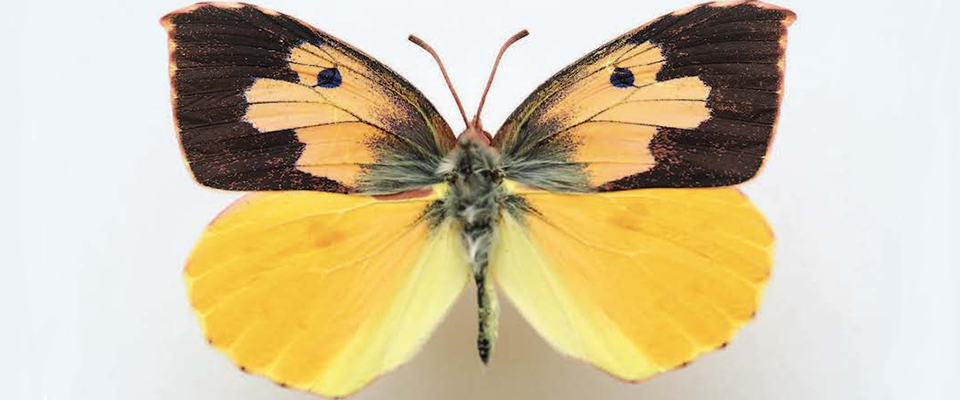California is positively crawling with insects, and entomologists have been collecting them for a long time. UC’s Essig Museum of Entomology, for example, has 6.5 million specimens. Similar hordes are housed at other museums and university campuses; altogether, between 30 to 35 million bugs have been preserved for posterity in the state’s major collections.
The problem is that the bugs are in something of a jumble. Typically, every insect specimen is fixed to a pin above multiple labels that contain all the information relevant to its acquisition. But that information has not been available in any centralized database — it’s stuck, so to speak, on the pins.
But that’s changing – thanks to CalBug. That’s the crowdsourcing initiative launched by the Essig Museum and its partners to wrangle all of California’s critical bug dope into a central cyber-location where it can be easily accessed and analyzed.
“By comparing information from the specimens – where and when they were collected, the plants they were on or the animals they were parasitizing – we can see how different species have expanded or contracted in their range,” says the museum’s director, Rosemary Gillespie.
And because insects – and their food plants – are highly sensitive to any fluctuations in their environment, that can help scientists extrapolate the current rate and direction of climate change, Gillespie says.
Some of the specimens reach back a century or more. Considered as a whole, says Gillespie, the collections are an extremely important dataset.
The idea was hatched when Gillespie talked with John Wieczorek at Berkeley’s Museum of Vertebrate Zoology about the “insurmountable problem of digitizing the massive numbers of insect specimen labels. John’s answer was to get them up on the web and ask for the help of citizen scientists.”
With support from the National Science Foundation, Gillespie and her allies developed a protocol to put images of the labels on the web, but they were still stumped when it came to enlisting the legions of volunteers needed for transcribing the label information to a standardized template.
That’s when they discovered Zooniverse, a citizen science web portal that utilizes volunteers and their home computers to participate in research projects ranging from identifying extrasolar planets and categorizing galaxy morphology to – well, transcribing insect specimen labels.
Along with the Essig Museum, UC Davis, UC Riverside, the California Academy of Sciences, the California State Collection of Arthropods, the San Diego Natural History Museum, the Santa Barbara Museum of Natural History and the Los Angeles County Museum are also participating in the project.
So how’s it going? Very well indeed. CalBug had its beta launch in late April, with 20,000 images going up on the initiative’s site. Since then, says Gillespie, more than 2,000 citizen researchers have transcribed about a third of the records. If you want to pitch in, go here to get started.
“It’s really engaged the public,” says Gillespie, “and I think it’s going to tell us some important things about climate change in California. But it won’t stop here. This can be applied to insect collections all over the world.”
As a postscript, anyone itching to learn more about the still-living bugs that hide under the floorboards and crawl on your bed sheets at night, should read Brendan Buhler’s story from the magazine about bed bugs. It’s called, “What’s Eating You.”
— Glen Martin




















